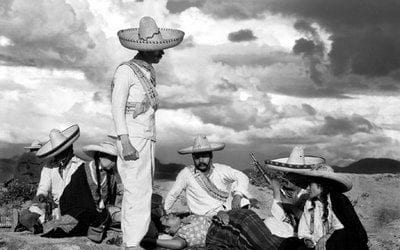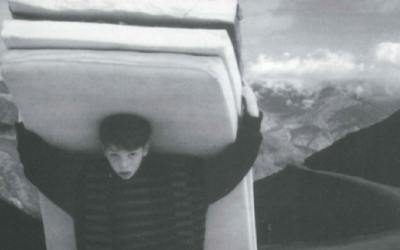Mexico’s Transition Reporters’ Eyeview
Mexico’s transition from an authoritarian system with a king-like president to today’s raucous democracy was a creeping, generational change that lasted many years. In our book, a history of what Mexicans call El Cambio, Julia Preston and I are opening our narrative in 1968, when troops massacred student protesters at the Plaza de Tres Culturas, alienating a generation of youth. Some date the transition from the 1977 electoral reform, pioneered by Jesús Reyes Heroles, the Government Secretary, which legalized the communist party and greatly increased the number of opposition deputies in the Chamber of Deputies. Others say there were few democratic stirrings until the aftermath of the 1982 financial crisis, when an angry middle class elected opposition mayors in cities across northern Mexico.
But almost everybody agrees on one thing. Mexicans built their democracy, piece by piece, institution by institution, over many years of struggle.
The process took so long that Julia and I, who are journalists, are having to incorporate the historian’s techniques into our professional reportoire, because our bag of tricks as reporters proved insufficient.
We reporters tend to respond to virtually every intellectual question in a knee-jerk fashion. Actually it’s an arm-jerk: we reach for the phone and seek an interview. This works well when reporting on this afternoon’s fire on Elm St., because the police, the fire chief and the homeowners living on Elm St. will have vivid, reasonably accurate accounts of the fire.
But memories are short. Relying on personal interviews with the participants in Mexico’s long transition proved insufficient to our task, because many of the country’s democratic pioneers simply cannot remember the details of historic episodes that took place during the ’70s and ’80s. Take Cuauhtémoc Cárdenas. When we interviewed him about his 1997 election as Mexico City’s first opposition mayor, his recollections of the scope and details of that historic experience were terrific. But when we asked him to tell us about the still-disputed 1988 presidential elections, we came up short. Although his is a keen intellect, his all-too-human memory did not allow him to recall some details. And the recollections he did have were now a blend of what he had experienced at the time with what he had read about that balloting over the 13 years thereafter. Fortunately, many Mexican scholars realized during and after the turbulent weeks of protest after the 1988 vote that the Mexican political system had reached a watershed, and wrote compelling accounts of those events. Its been our privilege to study them now in libraries and archives, as journalists, enjoying the quiet redoubts of the historian.
Fall 2001, Volume I, Number 1
Samuel Dillon and Julia Preston were correspondents for The New York Times in Mexico from 1995 through 2000. Dillon first visited Mexico in 1981.
Related Articles
A New Golden Age for the Silver Screen
Mexican movies are terrible, don’t watch them, the taxi driver told me when I first arrived in Mexico City last summer. Mexican movies are terrible, and also tasteless, reaffirmed my Spanish…
More than Popcorn Mexico’s Cinemex
Miguel Angel Davila loves movies. Yet, ever since the ’93 Harvard Business School graduate returned to Mexico, he almost never watches them at least not in movie theatres…
Mexico and the United States
In less than a decade, Mexico and the United States have outgrown the North American Free Trade Agreement, NAFTA. Mexican president Vicente Fox would like to move on to something…




